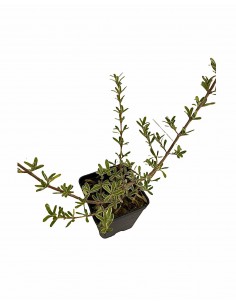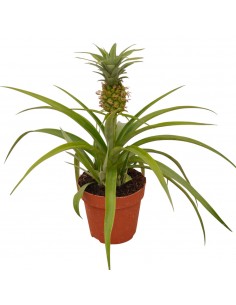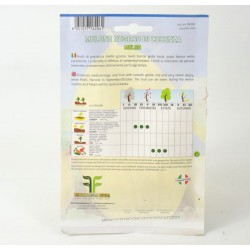Royal Apricot Tree of Imola
Generalities Real Apricot Tree of Imola:
The Royal Apricot of Imola has a medium late flowering, late ripening, the fruit that is used for the fresco consumption is of medium size and triangular shape, the color of the peel is yellow and that of the pulp is orange, of medium consistency , sweet acidulous, aromatic, half-standing. The core is large. Reale d'Imola is interesting for its good taste quality.
- jar 16cm, height 120/160cm
- jar 22cm, height 150/170cm
Sale Royal Apricot Tree of Imola, available in the following formats:
- jar 16cm, height 120/160cm
- jar 22cm, height 150/170cm
Generalities Real Apricot Tree of Imola:
The Royal Apricot of Imola is one of the best known varieties, the plant is of good vigor with abundant productions, the fruits have an elongated shape and are large with yellow skin with reddish shades, the pulp and light yellow very sweet and fragrant. Ripens from mid-June to early July. It is a plant that stands out for its variable productivity; it proves to be more abundant in northern Italy, while it is average in the center and south. If the plant is not subjected to thinning, productivity goes down and lasts about three weeks. The Royal Apricot of Imola is a variety of apricot with very large oval-shaped fruits. The core is not adherent and is sweet almond. Ripens in July.
Cultivation and Care of Royal Apricot Tree of Imola:
The Apricot Tree can be grown in the plains as well as in altitude. As for the exposure, it is preferable to place the plant in a partially ventilated and moisture-free area; this serves the prevention of fungal diseases, adversities to which the apricot is unfortunately very subject. It goes without saying that apricot trees, like most fruit and non-fruit trees, are very afraid of water stagnation.For the planting, which can be carried out from October to April, a hole is excavated about 60 cm deep and 80 cm wide; at the bottom of the hole it is advisable to put 100-150 g of cornunghia (a fertilizer of animal origin); then fill the hole halfway with soil mixed with planting soil and possibly a little manure. At this point you can insert the plant and fill the hole with the earth previously excavated. At the end, irrigate the area with about 20 liters of water. It can help to put a guardian on the plant to guide its development. As for irrigation interventions, keep in mind that apricot is not a particularly demanding plant; taking due account of any rainfall, irrigation must be characterized by a certain regularity; avoid plenty of water when we are close to the harvest period. The most suitable irrigation systems for apricot trees are drip or spray irrigation.





















